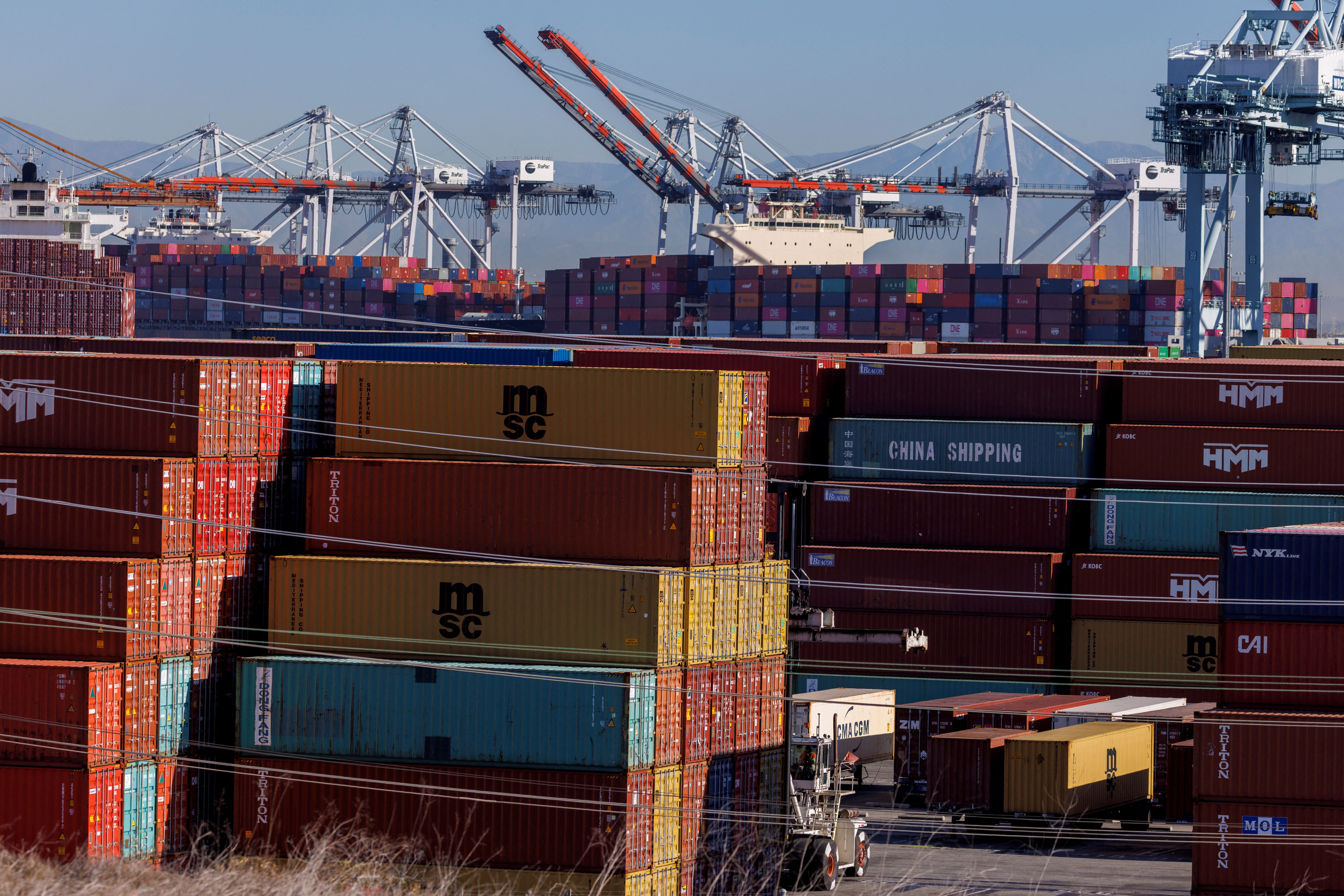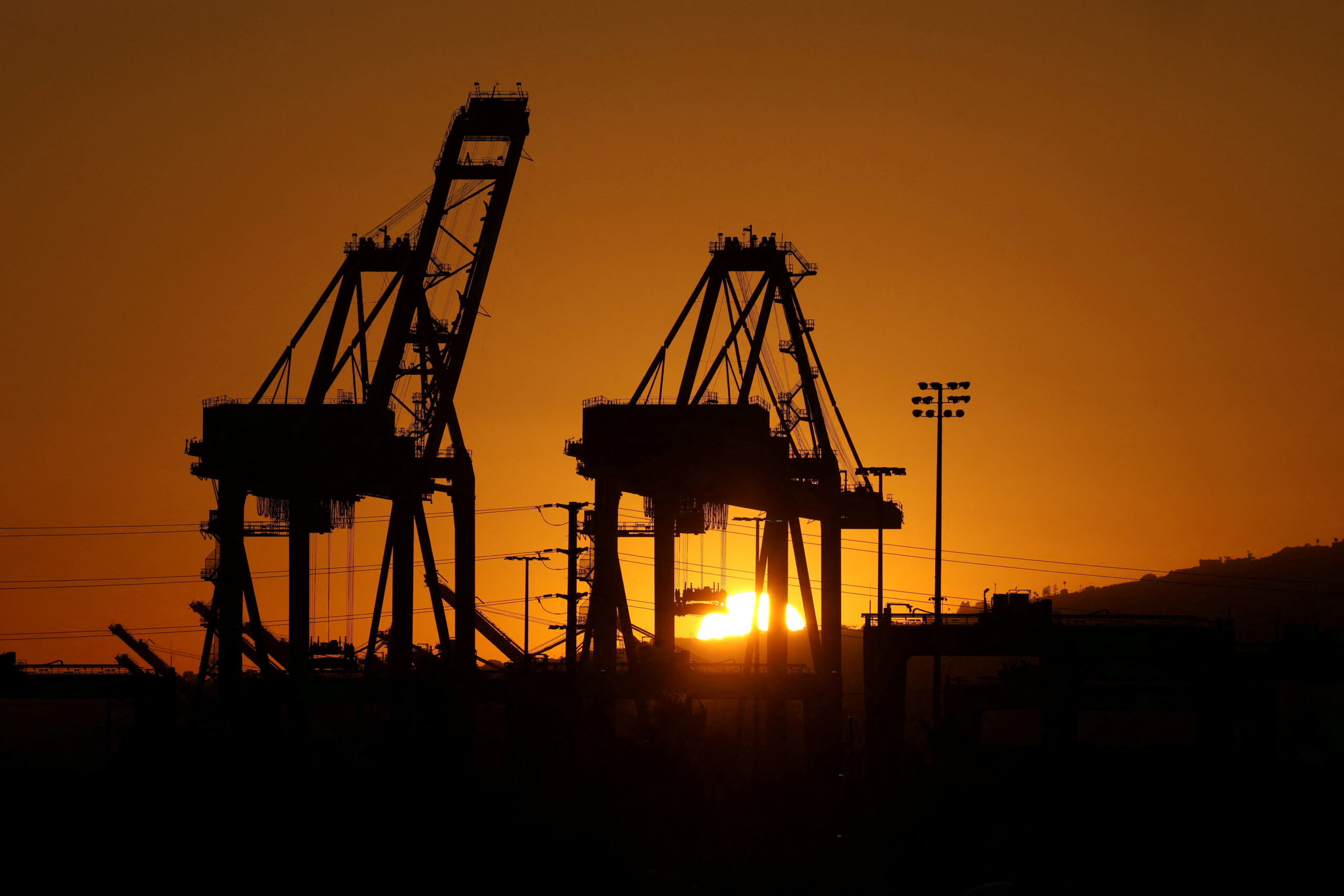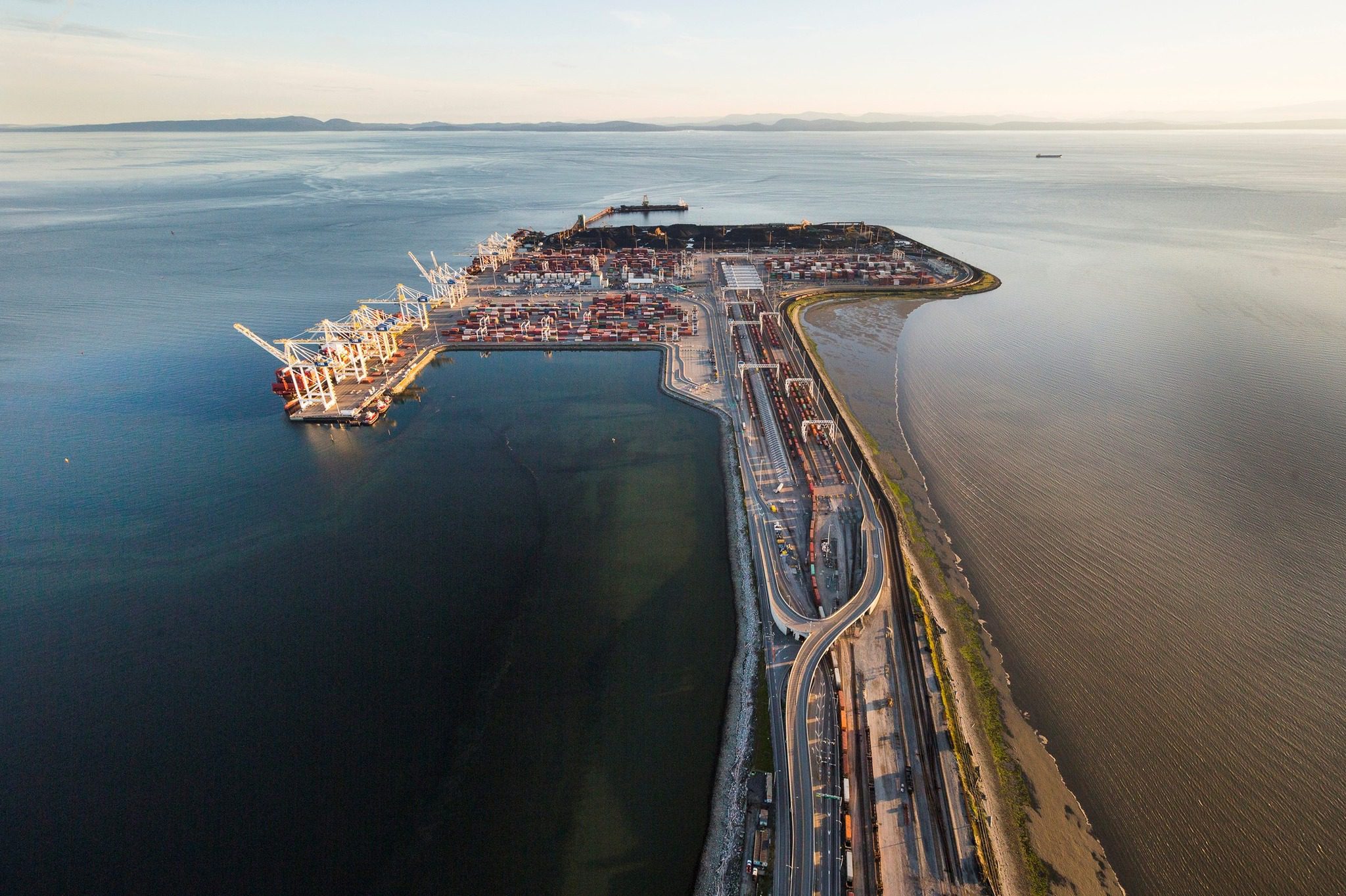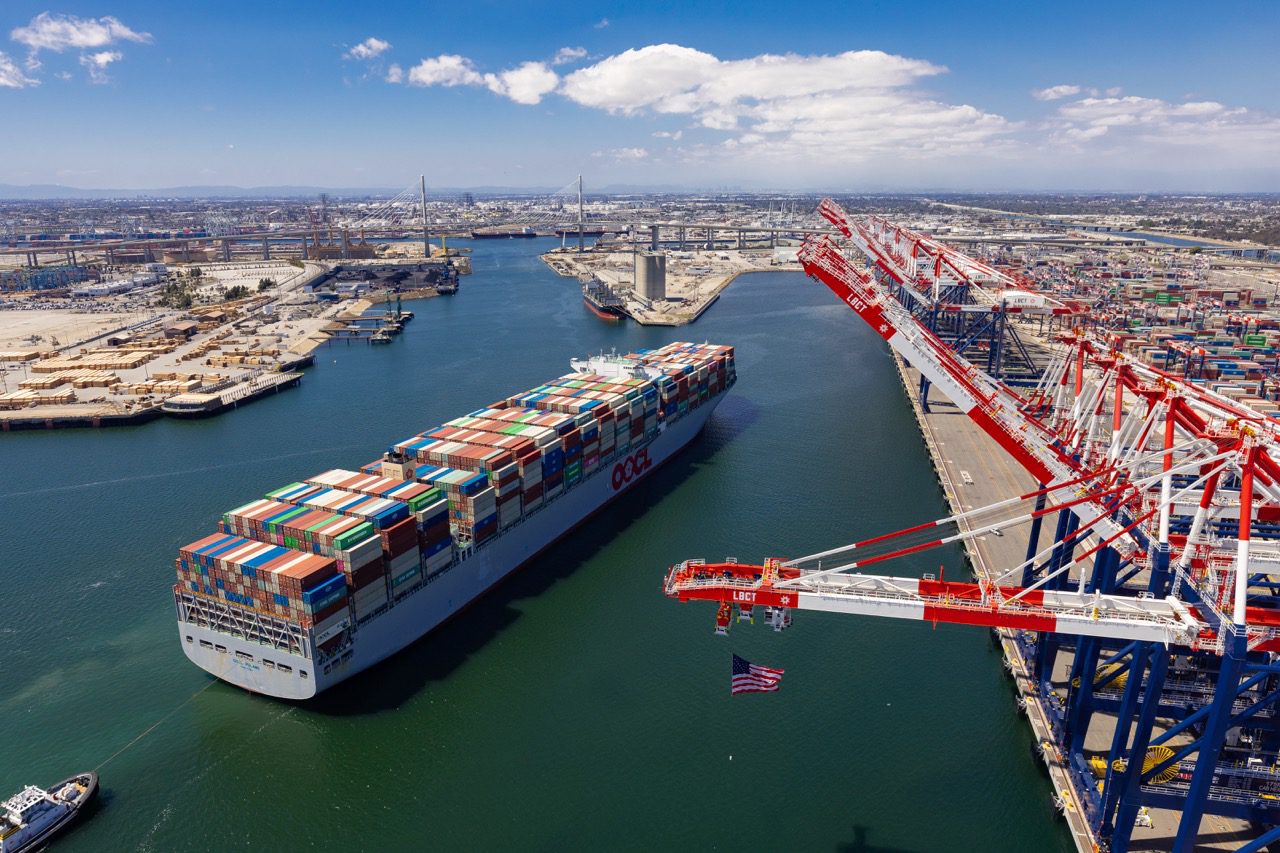The import surge at the Port of Los Angeles slowed in August as predicted as the nation’s busiest container port is finally starting to see cargo volume growth fade.
Executive Director Gene Seroka reported Thursday that August 2022 cargo volumes came in an estimated 806,000 TEUs, approximately 15% less than the same period a year ago and 9% below the five-year average for the month of August.
Following record-breaking cargo volumes in 2021, the early arrival of holiday goods and concerns about the economy slowed the record pace that sustained through first seven months of the year. Eight months into 2022, the Port of Los Angeles has moved an estimated 7.2 million TEUs, about 1.6% down from last year’s all-time record pace.
“Some goods that usually arrive in August the for the fall and winter season shipped earlier to make sure they reached their destination in time,” said Port of Los Angeles Executive Director Gene Seroka. “Additionally, inflationary concerns and elevated inventory levels have made some retailers and e-commerce sellers more cautious.”
Port of Los Angeles Imports
August 2022’s loaded imports reached an estimated 404,000 TEUs, down 17% compared to a year ago and the lowest monthly volume since December 2021. The figure is also 12% below the five-year average for August.
In his monthly cargo update, Seroka also mentioned cargo being diverted to East and Gulf Coast ports in order to avoid port congestion and as a possible hedge to West Coast labor contract negotiations, now in overtime. Early this week, for example, the Port of Savannah reported its busiest month ever in August, with overall monthly cargo volumes coming in more than 18% above August 2022.
Seroka also mentioned a more localized cargo shift, from Los Angeles to Long Beach, although he said this is expected to be temporary. The Port of Long Beach reported Thursday handling 806,940 TEUs in August, nearly 1,000 TEU more than Los Angeles, which is usually busier by pretty much all accounts.
Port of Los Angeles Exports
Loaded exports through the Port of Los Angeles remained sluggish in August, reaching an estimated 100,000 TEUs for a 1% drop compared to August 2021. “We’re now approaching four years of lagging U.S. exports,” Seroka said.
Empty containers being returned to Asia landed at an estimated 301,000 TEUs, an 18% decline compared to last year.
Containership Backup
There is some good news to report on the containership backup front as the current number of ships in the queue has now been reduced to 11 ships, a significant drop compared to the 109 ships waiting at the peak in early January.
“We’ve been able to nearly eliminate the backlog of ships waiting to enter the port by 90% compared to earlier this year,” Seroka said. “We’ve got capacity on our terminals and the ability to handle cargo coming in more efficiently than last holiday season.”
Looking ahead, cargo volumes at Los Angeles are expected to be lighter in September and for the remainder of the year, at least compared to 2021’s record.
“To keep things in perspective, even with this projected softer volume in the back half of the year, the Port of Los Angeles is headed to the second busiest year in our history,” Seroka said.

 Join The Club
Join The Club











